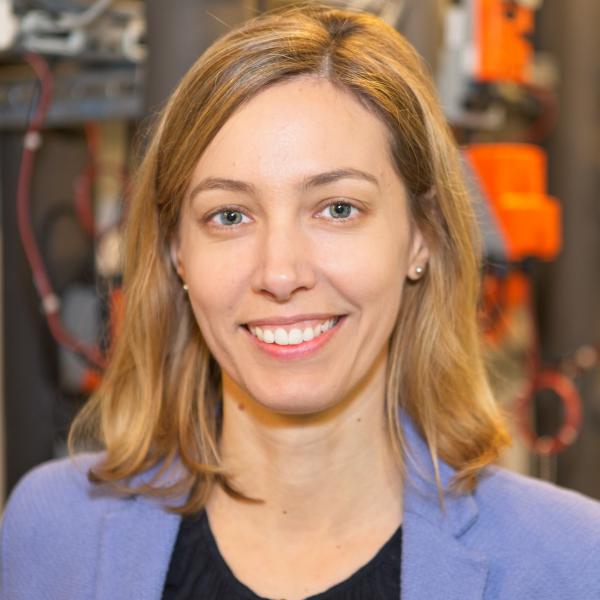Kristina Orehounig

Dr.
Kristina Orehounig
Alumni
This NCCR will help to develop automation and control strategies to successfully transform our energy system to a more sustainable one.
Kristina Orehounig is head of the Laboratory of Urban Energy Systems at Empa and co-leading the group of Multi-Energy Systems within the lab. She is also lecturing at the department of Architecture at ETH Zurich, Switzerland. She received her PhD degree from the Technical University of Vienna, Austria. Her research interests include the development of sustainable concepts in building design and operation, the integration of renewable energy systems, and the simulation and optimization of buildings and urban energy systems.




